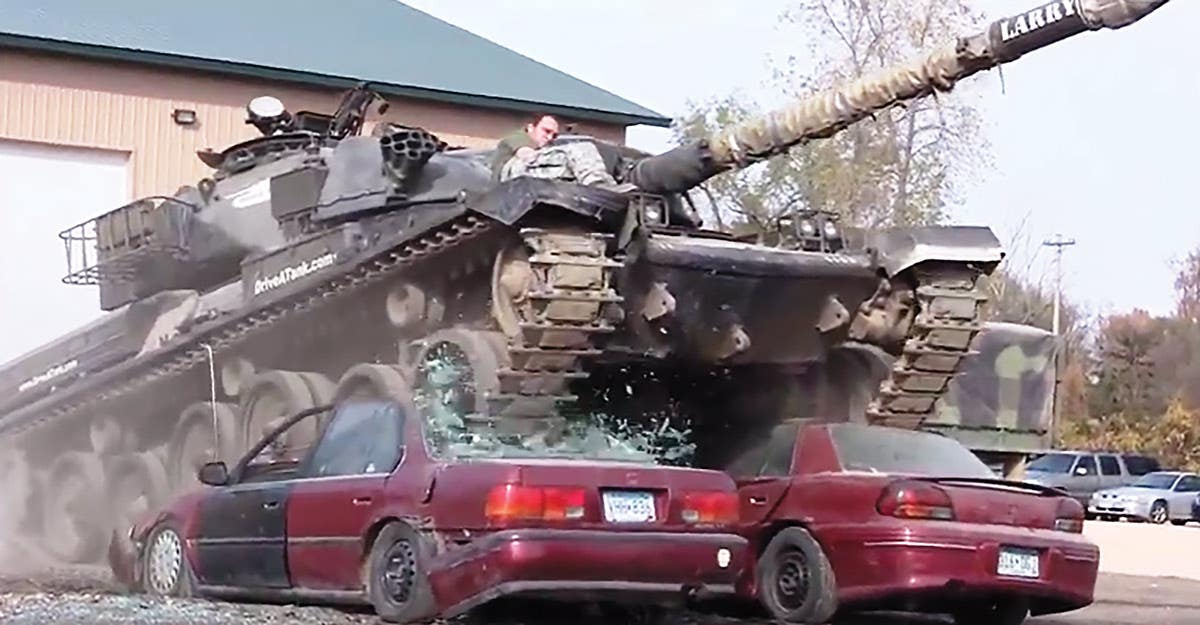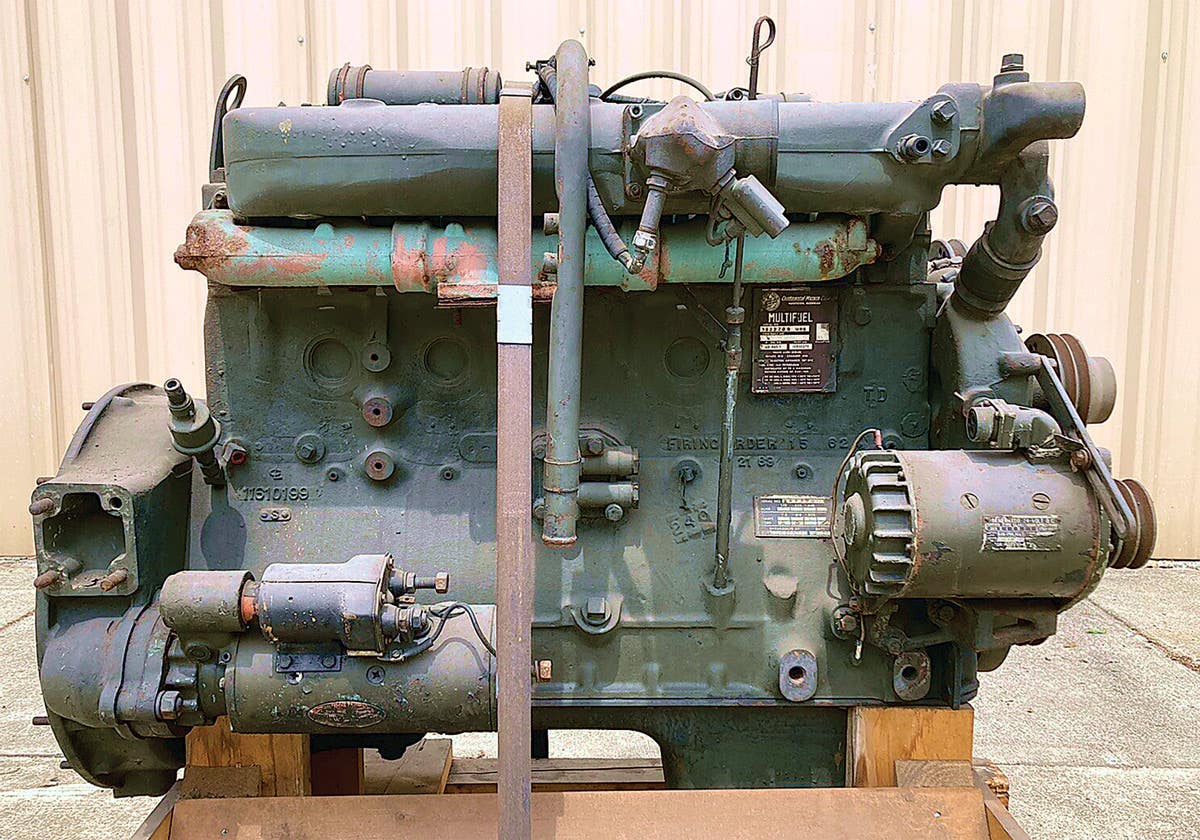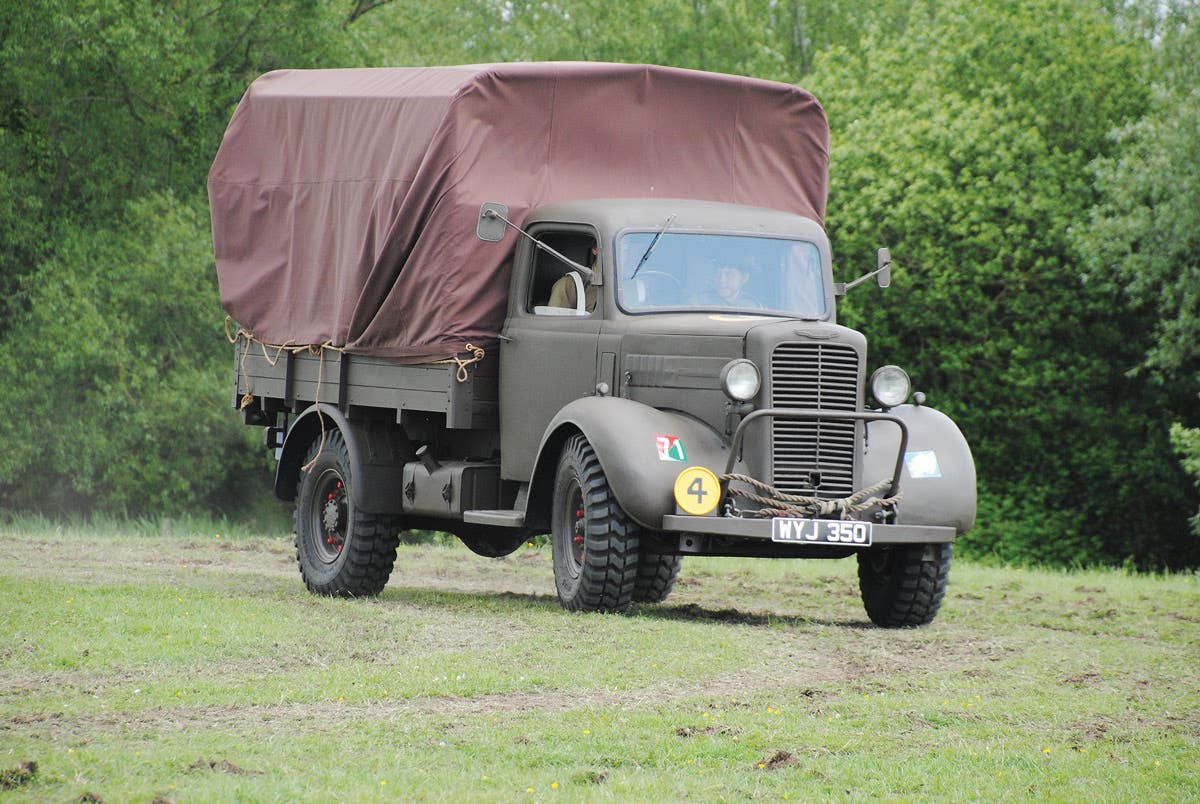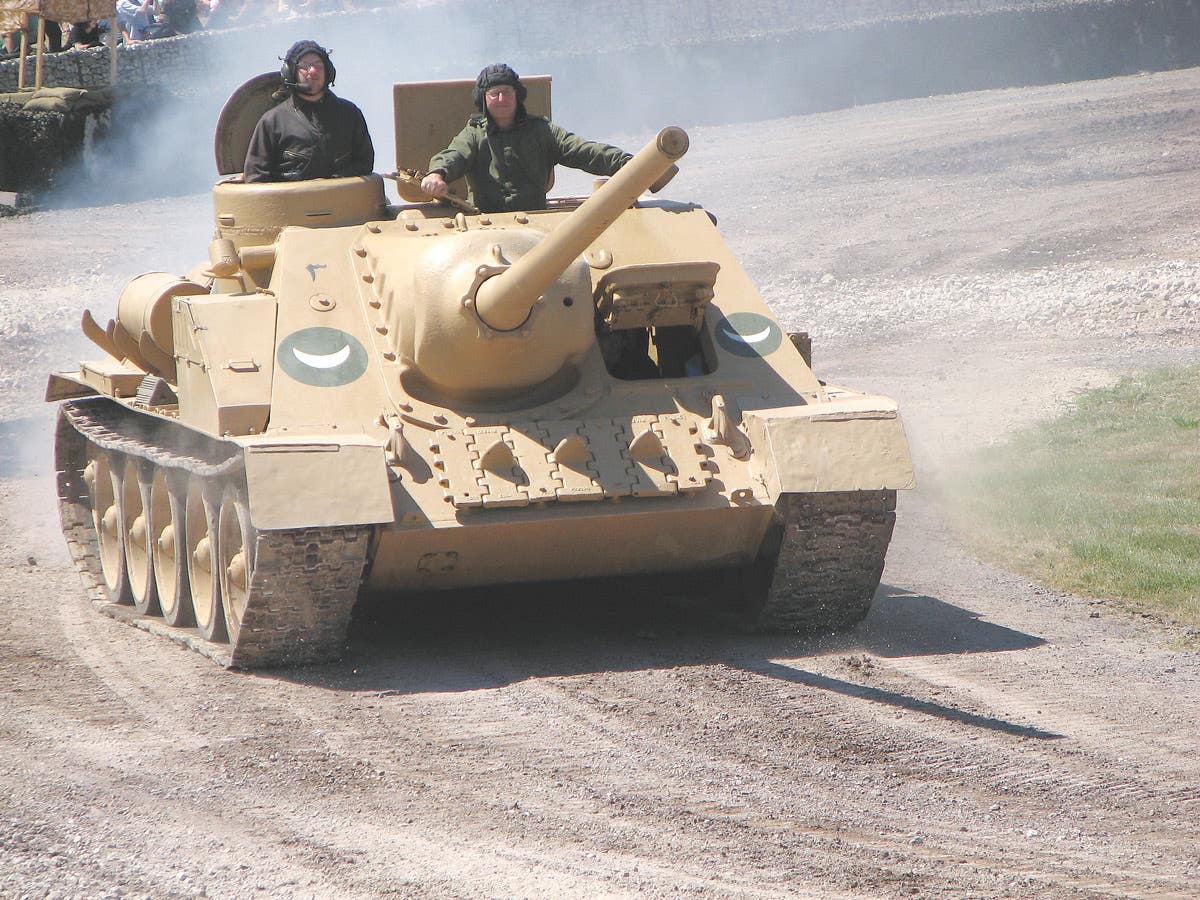US Army’s M151 ‘MUTT’ in the field during Vietnam and the Cold War
Not just a Jeep: Thirteen historic photos show the US Army’s M151 1/4-ton truck in the field and in combat.
After a decade of testing and research, in 1960 the U.S. Army began fielding the 1/4-ton utility truck with independent suspension that it thought it wanted – the Ford M151 Military Utility Tactical Truck (MUTT). By 1964, the vehicle had been redesigned with a heavy duty rear suspension, and re-designated the M151A1. This vehicle would see wide use in Vietnam – and everywhere else in the world U.S. troops were found.
The M151A2
In 1969, a new generation of the vehicle rolled off the assembly line. The M151A2 featured a semi-trailing arm rear suspension rather than the independent A-frame suspension. Production of the M151-series vehicles for the U.S. military ended in 1982 after having been produced by Ford, Kaiser-Jeep and lastly AM General.
Historic Photos of MUTTS in action
RELATED:
*As an Amazon Associate, Military Trader / Military Vehicles earns from qualifying purchases.
David Doyle's earliest published works were occasional articles in enthusiast publications aimed at the historic military vehicle restoration hobby. This was a natural outlet for a guy whose collection includes several Vietnam-era vehicles such as M62, M123A1C, M35A2, M36A2C, M292A2, M756, and an M764.
By 1999, his writing efforts grew to include regular features in leading periodicals devoted to the hobby both domestically and internationally, appearing regularly in US, English and Polish publications.
In 2003, David received his a commission to write his first book, The Standard Catalog of U.S. Military Vehicles. Since then, several outlets have published more than 100 of his works. While most of these concern historic military hardware, including aircraft and warships, his volumes on military vehicles, meticulously researched by David and his wife Denise, remain the genre for which he is most recognized. This recognition earned life-time achievement in June 2015, when he was presented Military Vehicle Preservation Association (MVPA) bestowed on him the coveted Bart Vanderveen Award in recognition of “...the individual who has contributed the most to the historic preservation of military vehicles worldwide.”
In addition to all of publishing efforts, David is the editor of the MVPA’s magazine, History in Motion, as well as serving as the organization’s Publications Director. He also maintains a retail outlet for his books online and at shows around the U.S.








